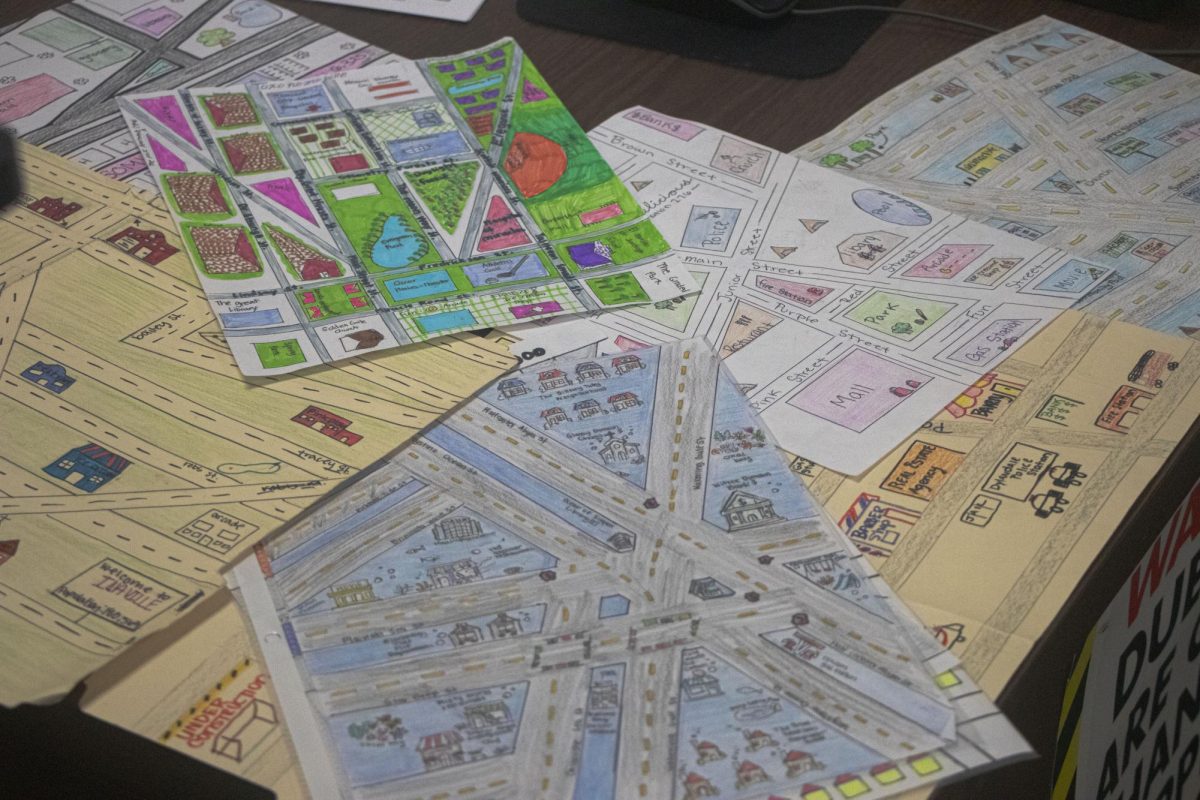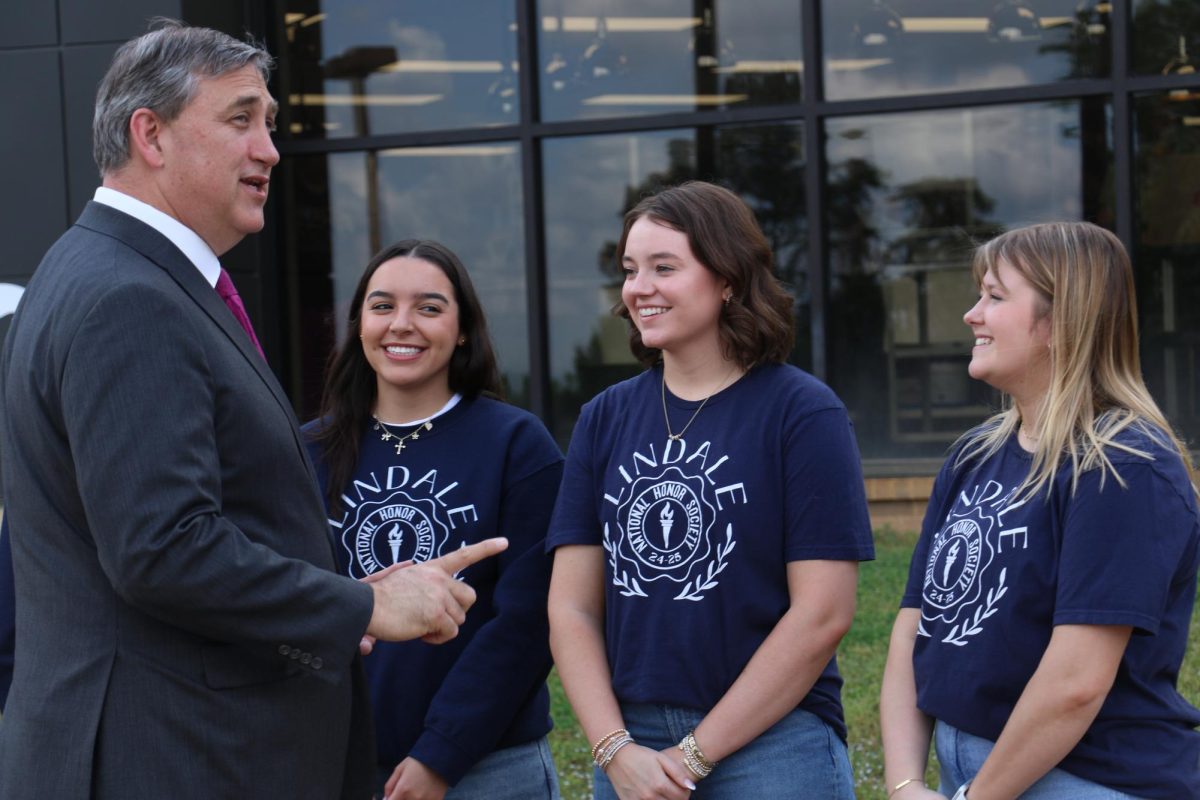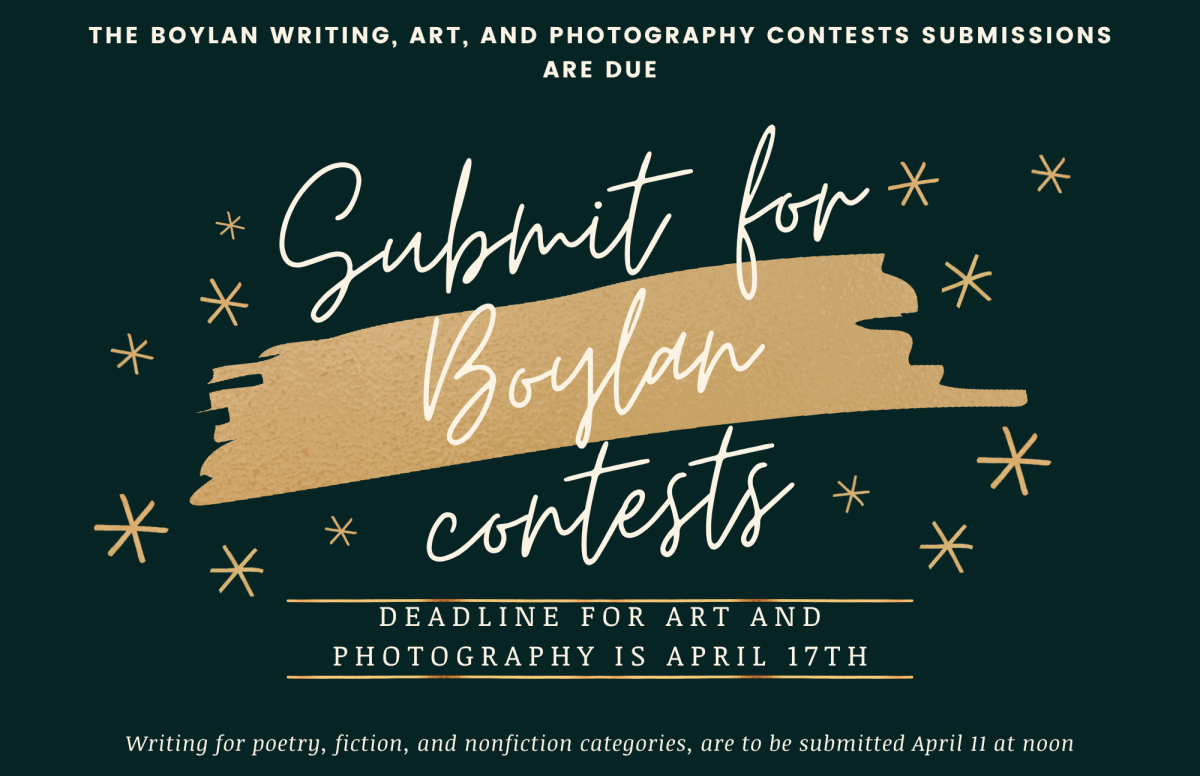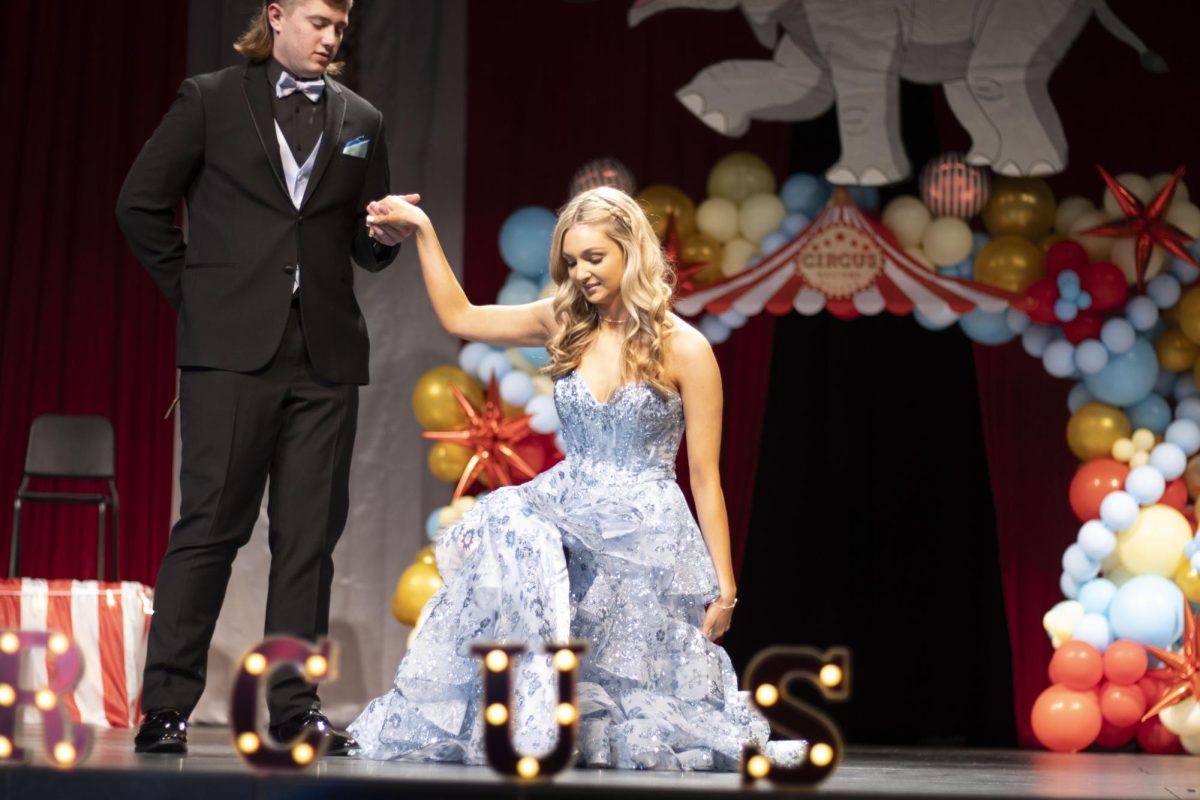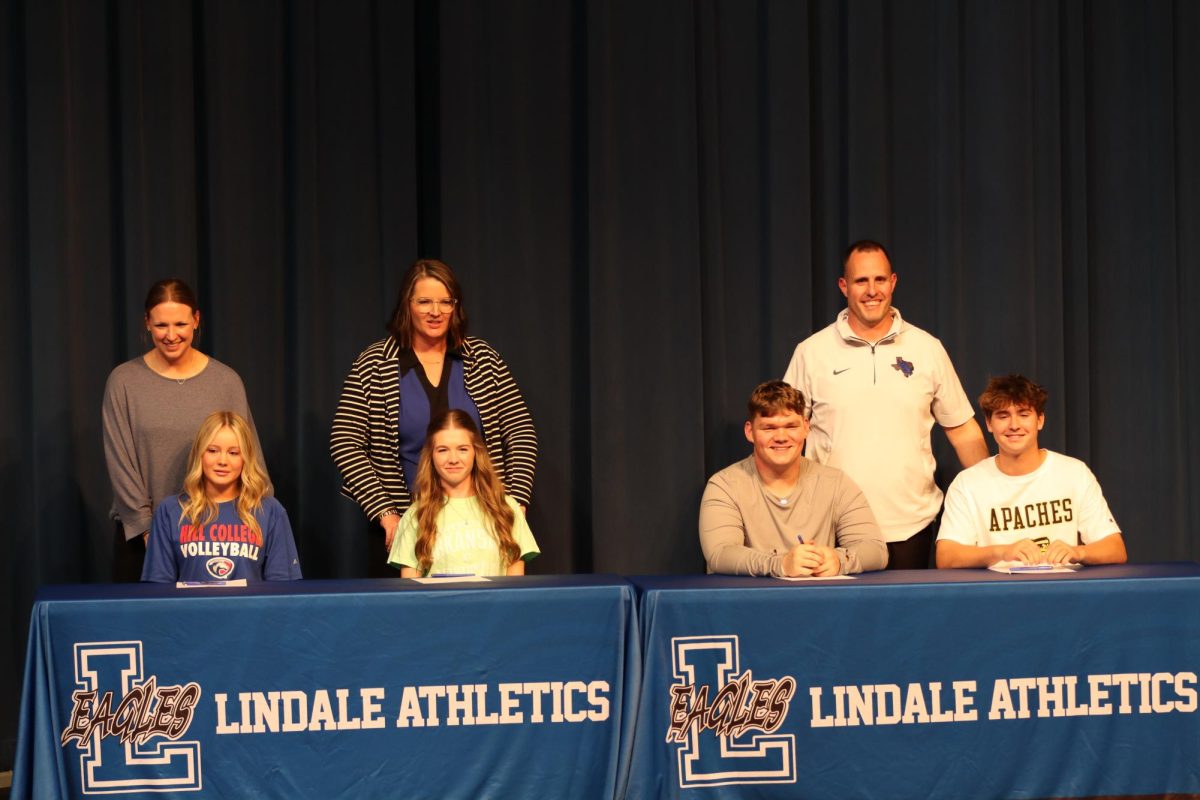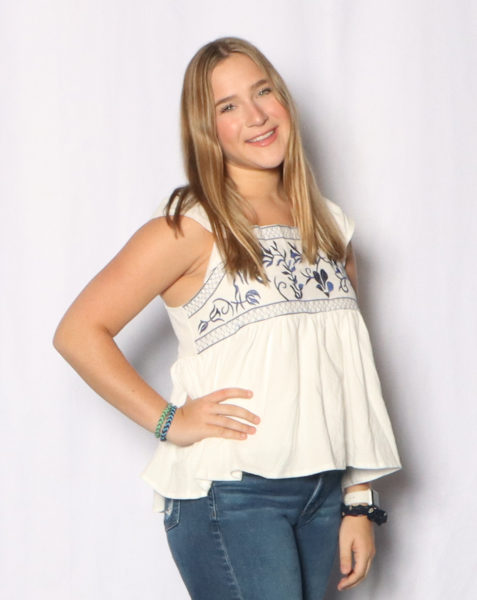Students in the geometry classes are working on a road map “city project” in their classes this week. This project allows students to apply what they have learned to real-life situations.
“The road map ‘city project’ is a real-life example in which students could use geometry as engineers,” teacher Charity Lee says. “They have to be creative and design a functional city with streets, buildings, parks, and landscaping.”
Recently the students have been discussing TEKS: 5.A.l, which cover “investigating patterns and forming logical arguments to make conjectures about geometric relationships.” When given their project, they are told to be as creative as possible and to add their own flare.
“We are learning about parallel lines, perpendicular lines, transversals, and all the angles created,” Lee said. “The city includes everything in the unit. I enjoy letting students be creative and see more into how their mind works. Each one is unique so they can be fun to grade.”
Lee has used this project for as long as she has taught geometry.
“The project gives them a chance to create a blueprint as if they were a civil engineer creating roads, including the updated Hwy 16 currently happening in Lindale,” Lee said.
Unlike taking notes in one class period, students have an extended amount of time for this project. Students are given plenty of time to complete what is required and add their own flare sense; it weighs heavily in the grade book.
“This year, the students were given four days in class to create a rough draft and final copy,” said Lee. “The project is a test grade. We spend a lot of time on the project and it sums up the unit so it is worth more points than our daily assignments.”
Lee discovered his assignment one summer and has loved how creative the kids have been with it every time. Overall, the assignment is used to see if the students understand the topic at hand.
“My favorite part of the assignment is when a student uses a creative city name and ties it into the roads and buildings,” Lee said. “I am looking to see if they understand the angle relationships that they created and if their city blueprints could be used in real life.”
The project is designed to allow students to express themselves while still learning.
“My favorite part of the project is getting to use my artistic abilities and my detail orientation to create a unique project,” Sophomore Brinley Wehr said. “I enjoy it over taking a test or any other classwork we do because it’s better than just sitting around quietly and you can put yourself into the project.”



